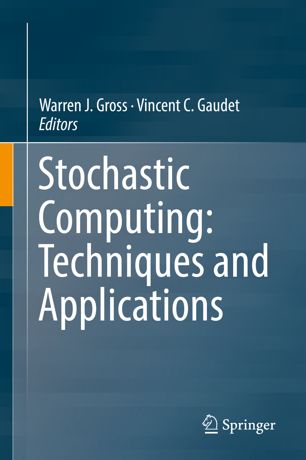

Most ebook files are in PDF format, so you can easily read them using various software such as Foxit Reader or directly on the Google Chrome browser.
Some ebook files are released by publishers in other formats such as .awz, .mobi, .epub, .fb2, etc. You may need to install specific software to read these formats on mobile/PC, such as Calibre.
Please read the tutorial at this link: https://ebookbell.com/faq
We offer FREE conversion to the popular formats you request; however, this may take some time. Therefore, right after payment, please email us, and we will try to provide the service as quickly as possible.
For some exceptional file formats or broken links (if any), please refrain from opening any disputes. Instead, email us first, and we will try to assist within a maximum of 6 hours.
EbookBell Team

4.3
88 reviewsThis book covers the history and recent developments of stochastic computing. Stochastic computing (SC) was first introduced in the 1960s for logic circuit design, but its origin can be traced back to von Neumann's work on probabilistic logic. In SC, real numbers are encoded by random binary bit streams, and information is carried on the statistics of the binary streams. SC offers advantages such as hardware simplicity and fault tolerance. Its promise in data processing has been shown in applications including neural computation, decoding of error-correcting codes, image processing, spectral transforms and reliability analysis.
There are three main parts to this book. The first part, comprising Chapters 1 and 2, provides a history of the technical developments in stochastic computing and a tutorial overview of the field for both novice and seasoned stochastic computing researchers. In the second part, comprising Chapters 3 to 8, we review both well-established and emerging design approaches for stochastic computing systems, with a focus on accuracy, correlation, sequence generation, and synthesis. The last part, comprising Chapters 9 and 10, provides insights into applications in machine learning and error-control coding.